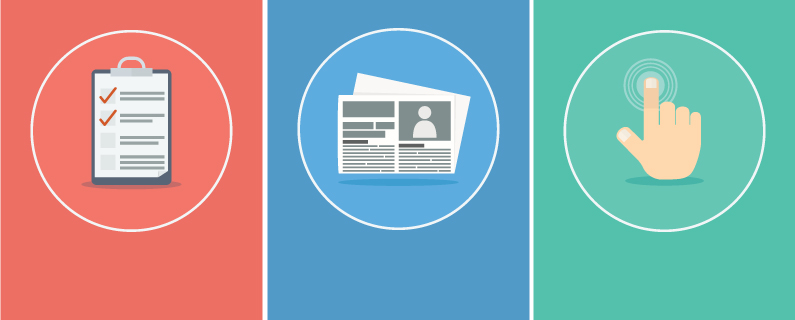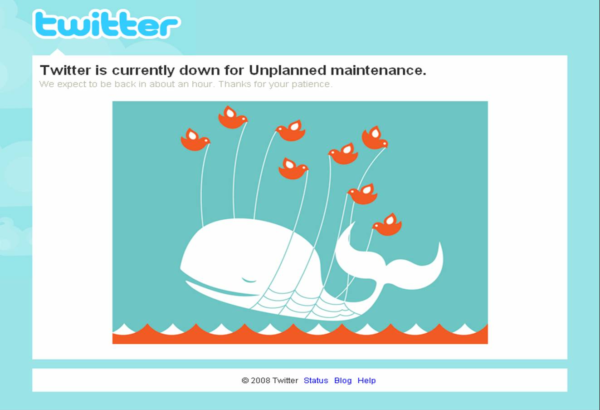
Marketing works best when you lay out plans in advance. This fact holds true for all types of marketing, it is especially true for social media. While you want your social media program to feel “spur of the moment” if you are like most small business owners, you don’t have time to stop what you are doing several times a day.
That’s where good content calendars used in conjunction with tools like Hootsuite or Buffer can make it easier to have a robust online presence. You can create posts complete with copy and corresponding graphics, schedule them in advance and go on with your day. The problem? Sometimes things happen inside your business or in the larger community and a program which is too tightly structured or scheduled doesn’t leave room for responses to unpredictable events.
External events
When an accident occurred at the State Fair a few years ago, pre-planned social media updates from many of the vendors continued to run. The result was content which would have been innocent and appropriate if the fair was running normally seemed awkward and almost offensive given the circumstances.
Internal events
A business running a marketing program which was very effective would normally want to celebrate. But sometimes a very effective campaign can be too much of a good thing as the extraordinarily high volume crashes the company website. In that case you need to pause all planned status updates and even the advertising until you get the issue resolved.
Have a response plan when things go wrong inside your company.
Twitter is a great example of a company who developed and implemented a back up strategy. In the early days of Twitter, as new users discovered the platform daily and usage grew exponentially, the website was often over capacity. This occurred so frequently that the Twitter Fail Whale (pictured below) was created. When the whale appeared, you knew the site was not functioning properly. Creating a visual with personality cemented the idea that the company was aware of difficulties and they were working to get it resolved.

Source: http://www.adluge.com/wp-content/uploads/2013/07/twitter-fail-whale.png
Talk about it in advance.
You can’t anticipate every possible crisis, but a little contingency planning goes a long way. As you map out your content calendar dedicate one meeting to the crisis section of your social media strategy. It should include:
- What kind of events might cause you to turn off auto posts on social media
- Under what circumstances would you want to cancel or postpone a scheduled blog post
- Who is responsible for pausing social media updates
- When to just be silent. In the case of a natural disaster, the best option may be to just turn off your business social media accounts. A good rule to follow is if your comments don’t provide relevant information, don’t add them to your news feed.
Maybe one day social media will transform into a brain reading machine which automatically adjusts based on the weather, culture and breaking news of a location. Until that day, prepare and educate your team on how to respond to unforeseeable events. As the cliche goes, it’s better to be safe than sorry.

